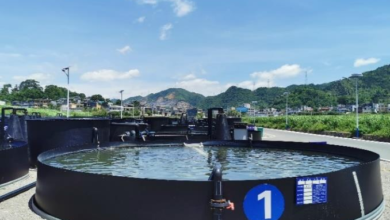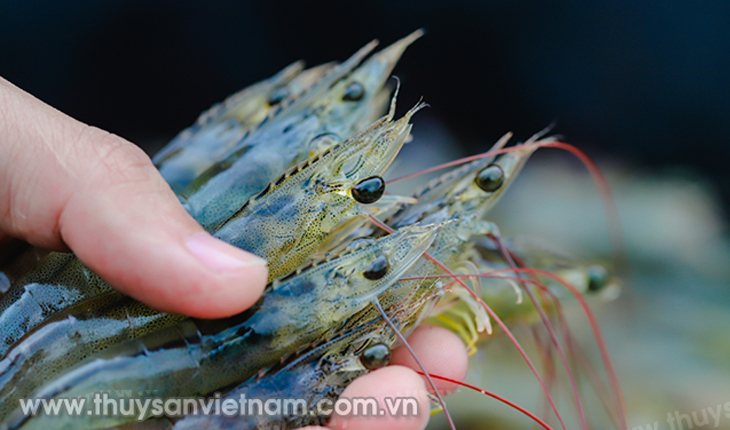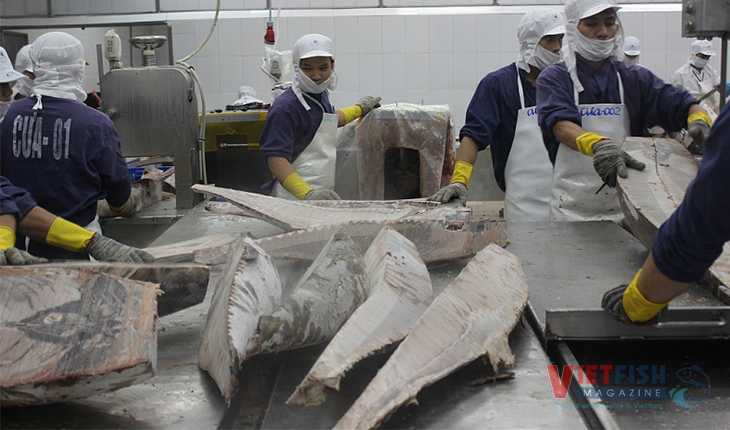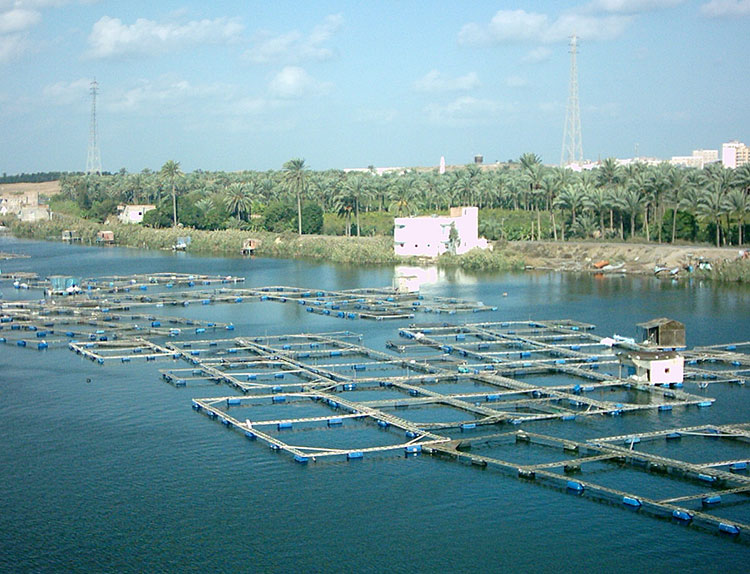A more balanced appraisal of Vietnam’s pangasius sector
Anyone wanting to understand the fluctuation fortunes of Vietnam’s pangasius aquaculture industry would be wise to tune into a refreshingly balanced recent documentary.
“Pangasius is an Asian aquaculture success story and I think the rest of the world should give it a bit more credit for being such an important source of fish produced at such high levels of efficiency,” explains Professor Simon Bush from the Environmental Policy group at Wageningen University, one of the key contributors to the film.
“Does that mean there are no problems with the industry? Absolutely not. Like any food production system there are going to be concerns but the point is that we have the institutions in place that are able to pick up and deal with those issues as they come,” he adds.
Produced for Undercover Asia, the documentary – which is now available on YouTube – follows the highs and lows of the sector over the last 25 years. In particular, it looks at the rollercoaster reputation of a fish that has been the subject of often critical media attention over the course of the last decade.
Known as “basa” and “river cobbler” in Europe, “catfish” in the US and “dory” in Singapore – there are over 20 pangasius species. After French scientists successfully developed spawning technology for the fish in the mid-90s, the sector took off on Vietnam’s Mekong Delta. And with low mortalities, a short production cycle and the ability to be stocked at high densities, pangasius soon became one of the world’s most widely produced whitefish. Vietnam now produces 70 to 80 percent of global pangasius production, generating exports worth $2 billion a year.
However, as the documentary explains, the industry was soon the victim of its own success, as the booming trade in pangasius led to a number of investigations and allegations – not all of which were scientifically objective. Indeed, organisations such as the US catfish farmers’ trade body launched campaigns that the cheap imports from Vietnam were grown in filthy conditions, and were full of chemicals and carcinogens. The president of the association even referred to the Mekong as “the toilet bowl of Asia”.
Such allegations, coupled with several damaging documentaries tarnished the reputation of the sector and caused Vietnam’s pangasius export markets. For example, the documentary points out, the WWF put it on its “Don’t buy” list in 2010, but following an invitation to see the farms, reversed the decision in 2012. Despite this, negative press continued and a sensationalist Spanish film made in 2016 resulted in Carrefour removing pangasius from its outlets.
The new documentary, however, provides a more balanced approach. As well as Professor Bush those interviewed include John Nguyen, from Godaco Seafood and Vi Tam, CEO of Vinh Hoan – two of the country’s largest pangasius exporters.
“We’re still here, it’s kind of at that moment when some people that don’t know about pangasius that feel they won’t eat this but for people who already eating it, they know how good the products are, they know there’s nothing wrong with the product, they still keep buying. We have loyal customers, we have loyal market,” Nguyen reflects.
One of the key messages is that the small-scale producers that were the focus of many of the earlier documentaries, are no longer producing pangasius for export, if all. Those small-scale producers who are still in pangasius aquaculture are focusing on the local markets, or have diversified into other species such as lang nha – which sells for 10 times the price, but is also produced for the domestic market.
Meanwhile the vast majority of pangasius exports come from large scale producers, such as Vinh Hoan, who have been steadily improving their standards.
“Despite all the controversies the truth is we need fish like pangasius, it’s just the kind of cheap and nutritious protein essential to feed a growing and ever-more hungry world,” the documentary concludes.
The Fish Site






